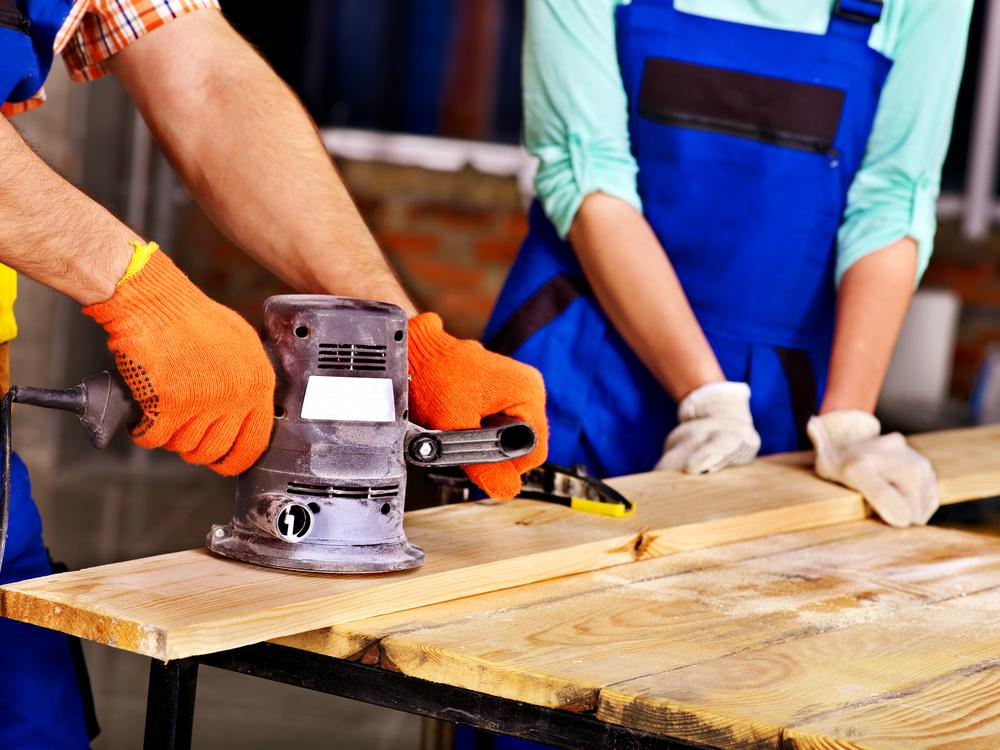10 Safety Tips To Remember While Using Power And Hand Tools
Power and hand tools cause a considerable number of emergency visits every year. Among these, a lot of cases are caused due to negligence, i.e., ignoring safety precautions. However, with timely measures and focus, they can be easily evaded. So, whether you are a newbie or an expert, it is critical that you give your safety the highest priority. The following are some of the standard safety rules that you should be mindful of while using power and hand tools.
Power tools
Such equipment is bursting with an immense amount of force. Therefore, to direct its muscle in the best way, you need always to be the one in control.

- Safety goggles – Due to the intensity of its power, there are good chances that while using speedy power tools like drilling machines or chainsaws, concrete, metal, or wood fragments will keep shooting in various directions. This is hazardous, as a sharp piece can simply jab your eye or dust particles can accumulate in the eye which can cause irritation and inflammation. Therefore, it is advised that you always wear your safety goggles while using power tools.
- Ear plugs or muffs – Usually, people who are continually working with power tools might be suffering from hearing ailments.
Hand tools
Working with hand tools can be even more laborious as they solely rely on the skills of the user. However, the good part is that you possess its entire control, but to perform the tasks efficiently and carefully, you must take care of the following safety factors.
- Safety gear – Like power tools, you need to have appropriate safety gears such as gloves, goggles, hard hats, etc. These will help you evade common accidents such as cuts, abrasions, punctures, eye injuries, bruises, etc.
- Posture and technique – Make sure that you have a firm grip on the hand tools as well as strong body balance. At the same time, maintain a considerable amount of distance between your body and the tool. If you are repeated using a tool, then figure out the best technique so that you are not hounded with body aches related to muscle strain or bone damage.
- Store and transfer tools in the right way – Ensure that you always carry your hand tools in a toolbox or belt. Refrain from carrying small sharp tools in your pocket. Likewise, when you are moving the toolbox to an elevated position, only use a hoist and at all costs abstain from lugging it along with you while using the ladder. When tools are at a higher level, make sure that you securely place them so that they don’t fall.

